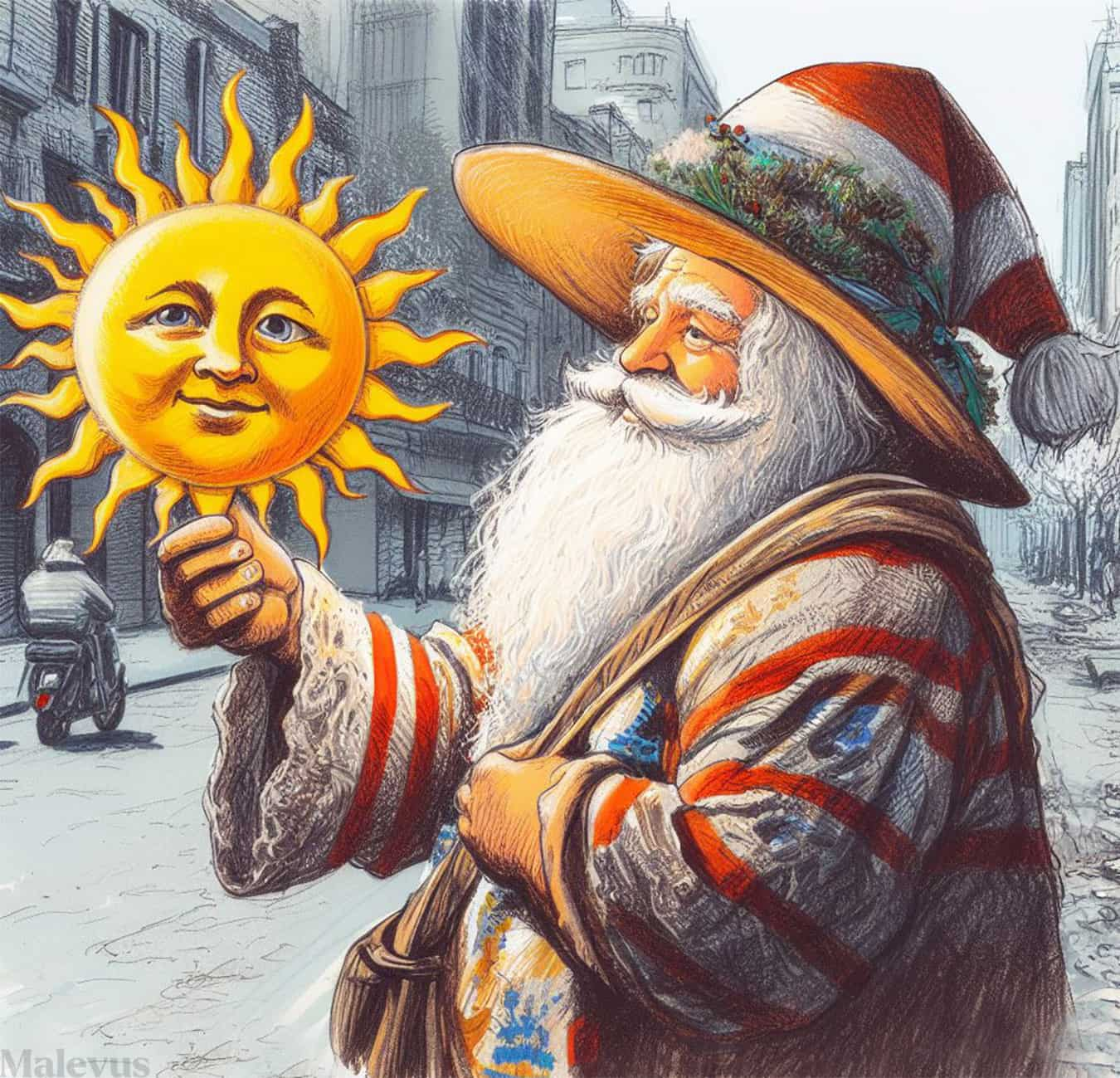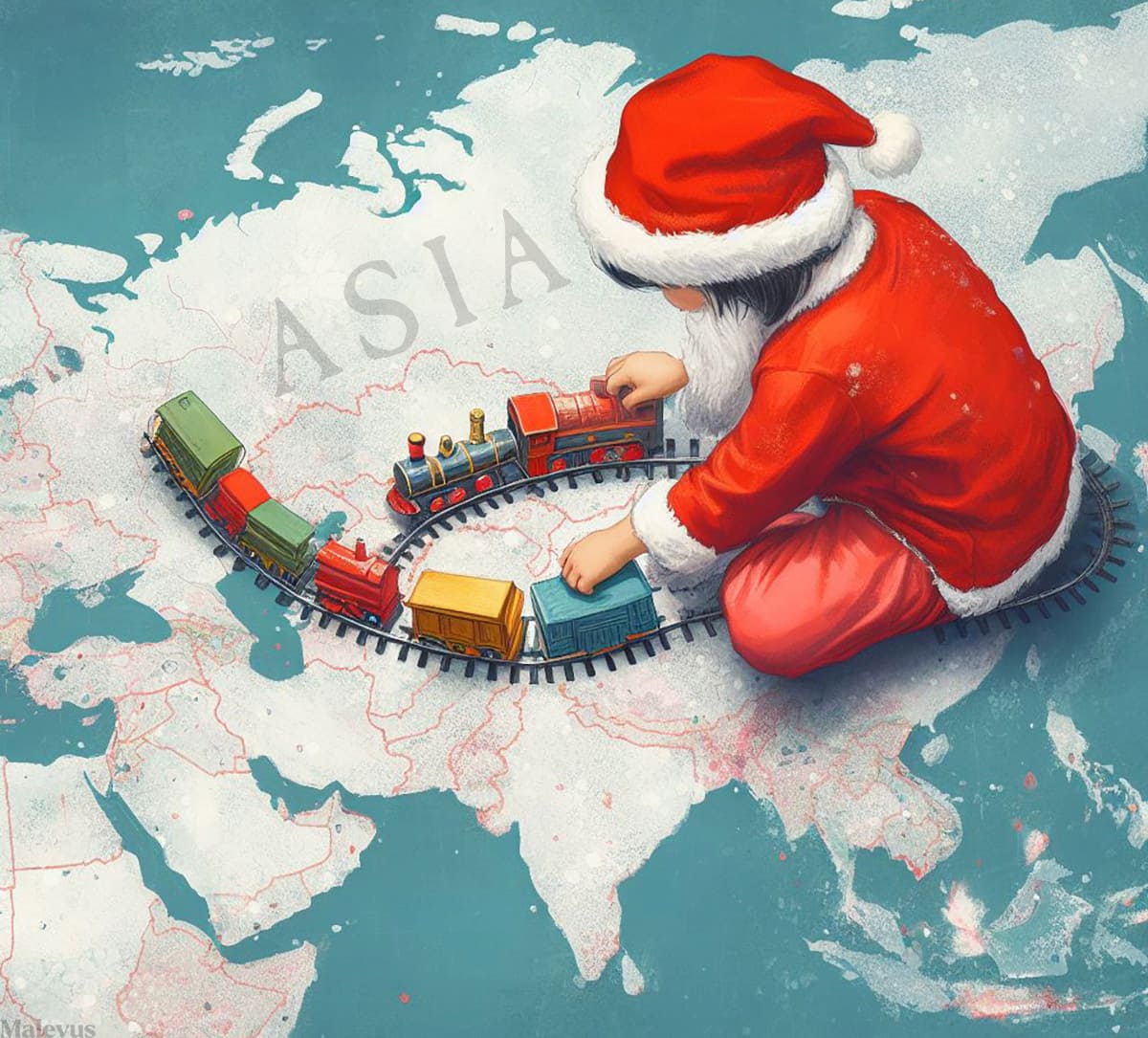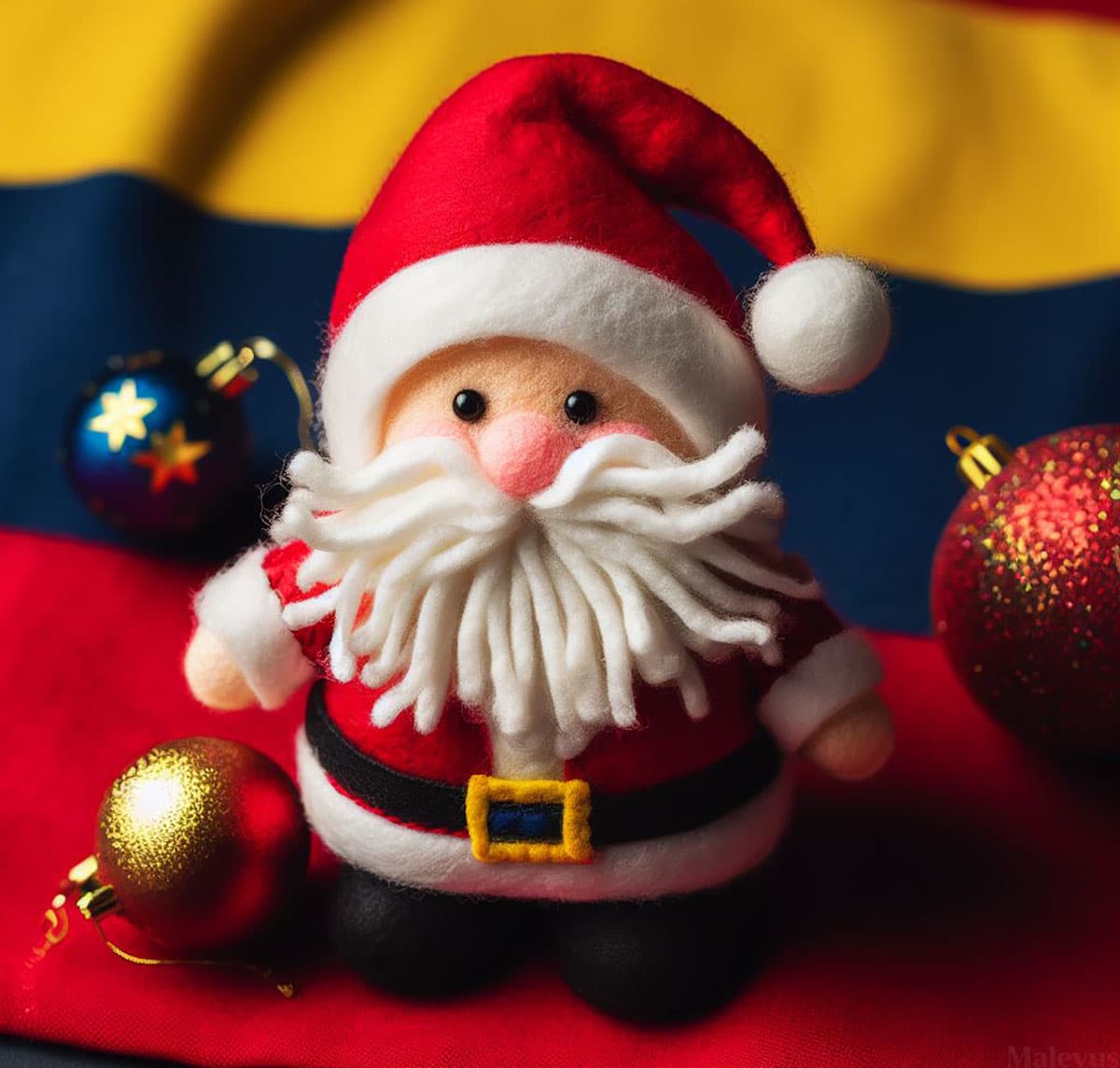Christmas in Argentina: How Do Argentines Celebrate It?
The Argentines have a tradition of putting cotton balls on Christmas trees to symbolize snow. This is a reference to the fact that Christmas in the Southern Hemisphere occurs during the sweltering summer.






